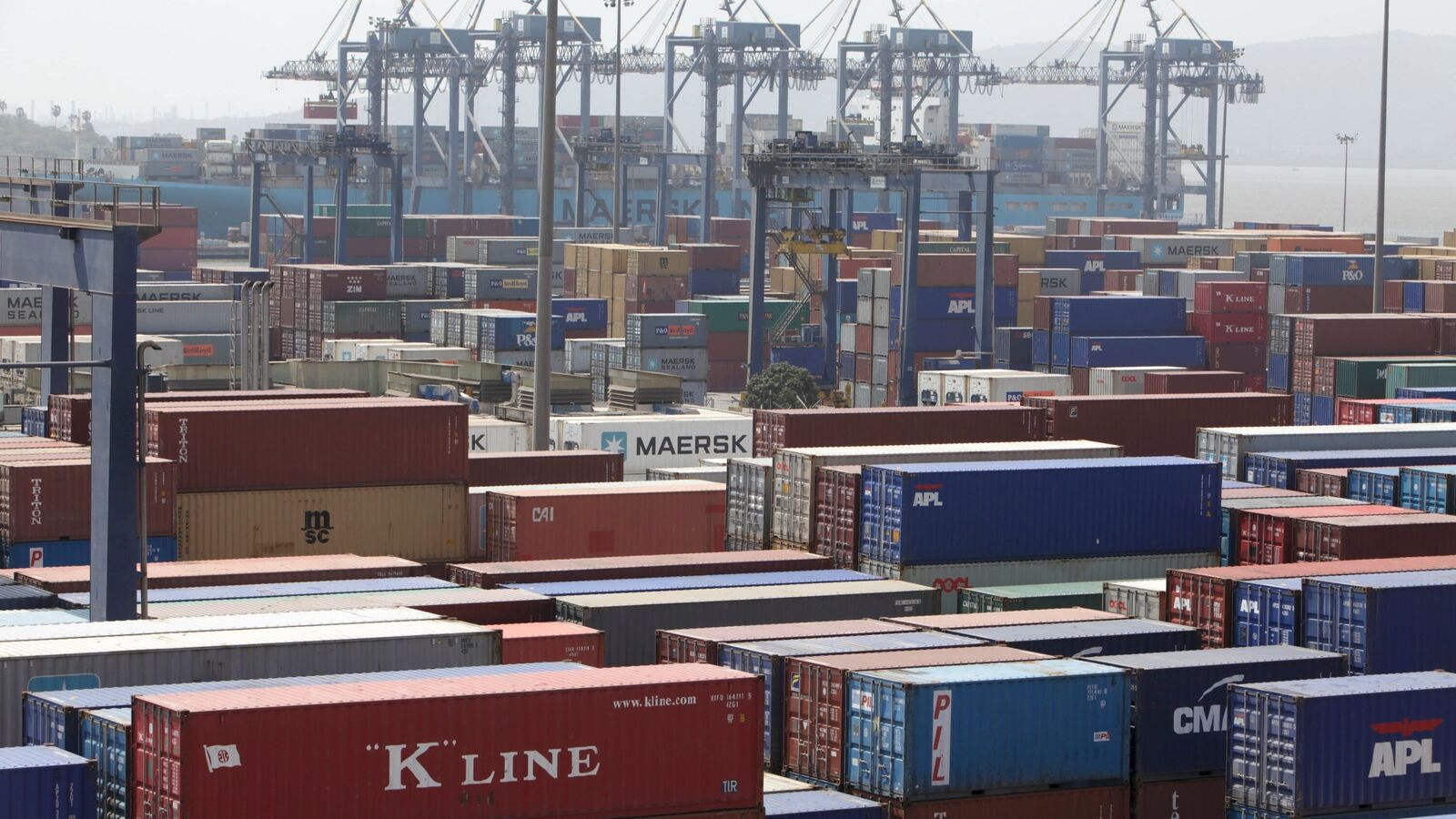This wide coverage benefits key export sectors for least developed countries (LDCs)—such as coffee, tea, leather, textiles and processed food—helping these economies integrate more effectively into global value chains.
According to the WTO secretariat’s latest report, Market Access for Products and Services of Export Interest to Least Developed Countries, India’s Duty-Free Tariff Preference (DFTP) Scheme covers 94.1% of tariff lines, ranking among the broadest market access programmes offered by any developing nation to least developed countries. Introduced in 2008, the scheme reflects India’s long-standing commitment to South-South cooperation and inclusive regional growth.
The WTO report has credited the DFTP scheme for significantly boosting exports from least developed countries, particularly those in Asia and Africa, aligning with New Delhi’s Neighbourhood First and Act East policies.
The report, presented on 3 October, notes that India offers one of the highest preferential margins globally, averaging 15.1 percentage points across all products and 29.7 percentage points for agricultural goods.
India also stands out as the fifth-largest export destination for LDCs, accounting for 6.8% of total LDC exports in 2024, behind only China (25%), the European Union (17%), the United Arab Emirates (12%), and the US (9%).
According to the report reviewed by Mint, LDC exports to India were valued at $21.5 billion in 2024, primarily driven by minerals, agricultural commodities, and textiles, which also support India’s domestic industries.
Key Takeaways
- India’s Duty-Free Tariff Preference (DFTP) Scheme covers 94.1% of tariff lines for Least Developed Countries (LDCs), making it one of the broadest market access programmes offered by any developing nation, surpassing China and the European Union.
- The WTO credits the scheme for significantly boosting LDC exports, particularly in Asia and Africa, aligning with India’s Neighbourhood First and Act East policies.
- India offers a high average preferential margin of 15.1 percentage points across all products, rising to 29.7 percentage points for agricultural goods, which directly benefits sectors such as coffee, tea, and textiles.
- India is the fifth-largest export destination for LDCs, accounting for 6.8% of their total exports, valued at $21.5 billion in 2024.
- Experts view the DFTP scheme as a tool that enhances India’s regional influence and builds its long-term credibility as a principal trade and developmental partner in the Global South, contrasting with China’s resource-driven model.
Easy access
Globally, LDC exports have grown at an average annual rate of 6.7%, reaching $277 billion in 2024, according to WTO data. The report highlights that India’s duty-free framework offers a substantial boost to this trade by reducing tariff barriers and fostering equitable participation in global markets.
Along with Korea and Montenegro, India is among the few developing members providing over 90% duty-free access to LDC exports, while developed members such as Australia, New Zealand, Norway, and Switzerland offer full 100% coverage, as per the WTO document.
It further described India’s contribution as critical to ensuring that poorer economies benefit from the expansion of multilateral trade.
The DFTP scheme currently benefits 35 least developed countries, including Bangladesh, Nepal, Bhutan, Myanmar, Tanzania and Ethiopia—countries that share growing trade linkages with India. The WTO noted that India’s approach reflects a balanced strategy combining trade facilitation with developmental partnership, a cornerstone of its Neighbourhood First and Act East policies.
Experts say India’s programme not only supports LDC economies but also enhances its own regional influence at a time when global trade is becoming more fragmented. “India’s leadership in providing real, measurable access to LDCs contrasts sharply with China’s resource-driven engagement model,” said a former WTO negotiator. “It builds long-term credibility for India as the principal trade partner of the Global South.”
“India was the first developing country to offer broad preferential tariff access to least developed countries, fulfilling its WTO commitments and helping integrate LDCs into global trade,” said Vinod Kumar, president of the India SME Forum. “With imports worth over $10 billion annually from 36 of the 46-plus LDCs, the DFTP scheme has positioned India as a major export destination for LDC products, supporting economic growth in partner nations and strengthening our role as a key driver of South-South cooperation,” said Kumar.
Bold move
“India was the first developing country to fully implement the WTO Ministerial decision to provide duty free-quota free market access to the LDCs in 2008. This was a bold step, given India’s own developmental needs and the vulnerability of the sectors in which the LDCs typically trade, such as agriculture,” said Agneshwar Sen, Trade Policy leader, EY India.
“Today, India’s Duty-Free Tariff Preference scheme extends preferential access to almost 98% of tariff lines, making India’s product coverage one of the widest, even when compared to some developed countries. What is really significant is that India provides this non-discriminatory market access to all LDCs without any political motivations or quid pro quo. Thus, asserting India’s commitment to equitable development of all in the Global South,” said Sen.

